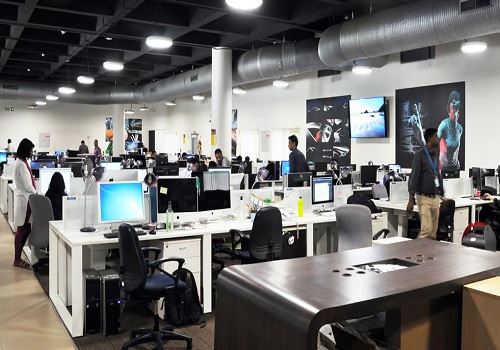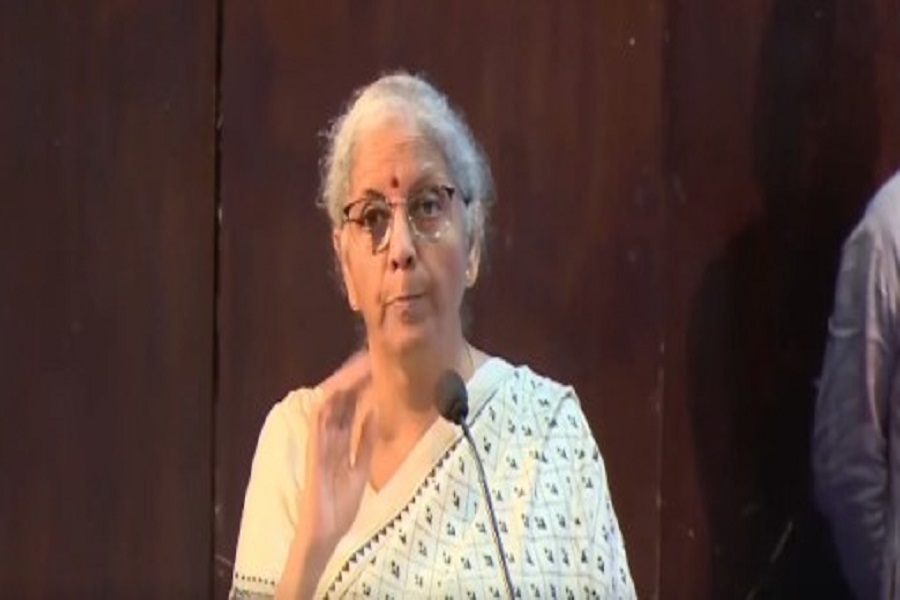Benchmarks end lower after a volatile session
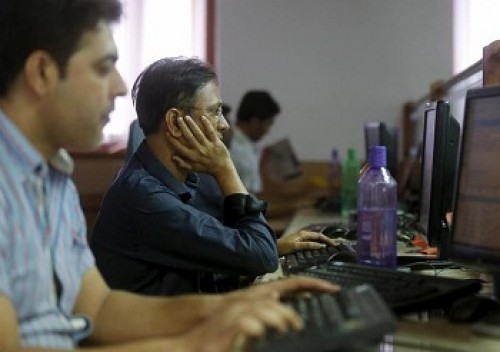
Indian equity benchmarks swung between gains and losses throughout the session and ended marginally lower on Wednesday, as investors’ monitored situation between Russia and Ukriane. Key gauges made positive start, as traders took some support with SBI research report stated that India can add $20 billion to its Gross Domestic Product (GDP) if the country can reduce by 50 per cent the dependence on imports from China by leveraging the production linked incentive schemes. However, indices turned choppy and extended losses in morning deals, as traders turned cautious with government data showing that exports from special economic zones (SEZs) grew at a slower pace as compared to the growth of overall outbound shipments from the country during the first eight months of the current fiscal year. Traders also took note of a private report expected that RBI to leave key policy rates unchanged throughout the first half of 2022, despite retail inflation rising to 6.01 per cent in January, and likely to remain elevated till April.
After the initial fall, the benchmark tried to inch higher in afternoon deals, taking support from the Finance Ministry's Monthly Economic Review stated that the Indian economy is poised to grow at the quickest pace among the league of large nations on the back of various initiatives taken by the government in Budget 2022-23. It said the current year may as well end with an economic reset manifest of a post-COVID-19 world. Manufacturing and Construction will be the 'growth drivers', triggered by the PLI schemes and public capex in infrastructure. However profit taking in the final hours pared all the gains and pushed the indices lower.
On the global front, Asian markets ended higher on Wednesday, while European markets were trading mostly in green amid hopes that a diplomatic solution can be found to avoid a Russian invasion of Ukraine. Russia announced that some units participating in military exercises around Ukraine were returning to their bass. However, NATO and the United States said they had yet to see any evidence of a de-escalation that could avert war. Investors also awaited minutes of the Federal Reserve's January meeting due later in the day amid increasing chances that the Fed will raise interest rates by 50 basis points in March.
Back home, on the sectoral front, NBFCs sector stocks’ were in focus as the Reserve Bank of India (RBI) has given finance companies extra time till September 30, 2022 to have systems ready to implement rule wherein bad loans can be upgraded as standard asset only when entire arrears of interest and principal are paid. In November 2021, RBI had given time till March 31, 2022 to implement the rule. IT industry’s stocks also were in action as the National Association of Software and Service Companies (Nasscom) has said that Indian information technology (IT) sector is set to grow at 15.5 percent - the fastest in over a decade - to $227 billion in FY22, as the pandemic pushes up demand for digitization at companies across the world.
Finally, the BSE Sensex fell 145.37 points or 0.25% to 57,996.68 and the CNX Nifty was down by 30.25 points or 0.17% to 17,322.20.
The BSE Sensex touched high and low of 58,569.22 and 57,780.28, respectively. There were 8 stocks advancing against 22 stocks declining on the index.
The broader indices ended mixed; the BSE Mid cap index fell 0.03%, while Small cap index was up by 0.42%.
The top gaining sectoral indices on the BSE were Telecom up by 1.17%, Realty up by 1.05%, Consumer Durables up by 0.67%, Oil & Gas up by 0.57%, Healthcare up by 0.46% while, Metal down by 0.66%, Bankex down by 0.53%, Capital Goods down by 0.48%, Basic Materials down by 0.43%, PSU down by 0.36% were the losing indices on BSE.
The top gainers on the Sensex were Bharti Airtel up by 1.41%, HDFC up by 1.29%, Mahindra & Mahindra up by 1.10%, Dr. Reddy's Lab up by 1.04% and Kotak Mahindra Bank up by 0.93%. On the flip side, NTPC down by 1.63%, SBI down by 1.58%, Ultratech Cement down by 1.56% and ICICI Bank down by 1.39%, ICICI Bank down by 1.39% and Tata Steel down by 1.28% were the top losers.
Meanwhile, SBI research in its Ecowrap report has stated that India can add $20 billion to its Gross Domestic Product (GDP) if the country can reduce by 50 per cent the dependence on imports from China by leveraging the production linked incentive schemes. As per the report, in terms of imports, India continued to reduce its trade deficit with China in FY21. However, share of China in India’s total merchandise imports has been steadily increasing to 16.5 per cent currently. In FY21, out of the $65 billion of imports from China, around $39.5 billion were commodities and goods where PLI scheme has been announced (textile, agri, electronics goods, pharmaceuticals & chemicals).
The report said ‘If, because of the PLI scheme, we can reduce our dependence on China even to the extent of 20 per cent, then we can add around $8 billion to our GDP. Over time, if our dependence is further reduced by 50 per cent, we can add $20 billion to GDP’. In FY22 April-December period, there were 6,367 products with a total value of $68 billion (or 15.3 per cent of the total imports) imported by India from China. The report said it estimated the import dependence of each product on China by checking the share of Chinese imports in India’s overall imports of these categories.
It said ‘The maximum aggregate value ($9.7 billion) is of the products in which our import dependence on China is between 50-60 per cent, although the number of products is lower. Although number wise the imports were highest in the category where our dependence was lowest (0-10 per cent), the value is not that high at around $1,894 million.’ Further, it said most important imports for FY22 so far are personal computers and parts of telephonic and telegraphic equipment, electronic integrated circuits, solar cells, urea and micro-assemblies’ lithium-ion and diammonium phosphate. There are other goods also under the electrical and electronics imports.
It noted that the items in the low value category are a mix of finished goods and intermediate inputs and India has a revealed comparative advantage in most of these imports. It said ‘If India wants to wean itself off its dependence on China, capabilities have to be developed in these areas, especially chemicals, textiles, footwear, so that both inputs and final consumer goods in these low value imports can be manufactured domestically. It added that India should integrate more and more into the Global Value Chains (GVCs).
The CNX Nifty traded in a range of 17,490.60 and 17,257.70 and there were 17 stocks advancing against 33 stocks declining on the index.
The top gainers on Nifty were Divi's Lab up by 3.06%, ONGC up by 2.65%, Adani Ports &SEZ up by 2.31%, Indian Oil Corporation up by 2.15% and HDFC Life Insurance up by 1.81%. On the flip side, SBI down by 1.87%, ICICI Bank down by 1.73%, NTPC down by 1.66%, Tata Steel down by 1.64% and Ultratech Cement down by 1.50% were the top losers.
European markets were trading mostly in green; France’s CAC increased 6.52 points or 0.09% to 6,986.49 and Germany’s DAX increased 13.44 points or 0.09% to 15,426.15, while UK’s FTSE 100 decreased 14.82 points or 0.19% to 7,594.10.
Asian markets ended higher on Wednesday after Russia announced some units participating in military exercises around Ukraine were returning to their bases, which eased fears of an imminent Russian invasion of Ukraine. Meanwhile, investors are awaiting minutes of the Federal Reserve's January meeting due later in the day, with bets that the US Fed will raise interest rates by 50 basis points in March. Chinese shares gained after data showed the country's factory-gate inflation eased to its slowest pace in six months in January, which raised hopes that policymakers could ease policy further to support growth in the world's second-largest economy. Meanwhile, data from South Korea showed the country’s unemployment rate edged down in January, with the number of people employed rising at the sharpest pace in nearly 22 years.
Above views are of the author and not of the website kindly read disclaimer

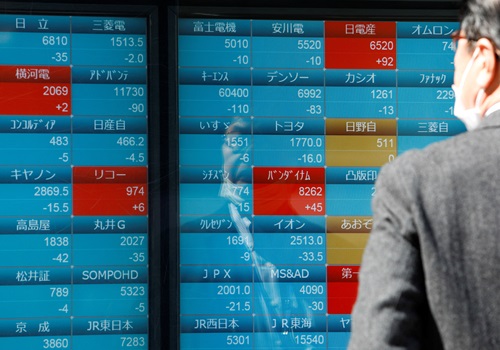

.jpg)
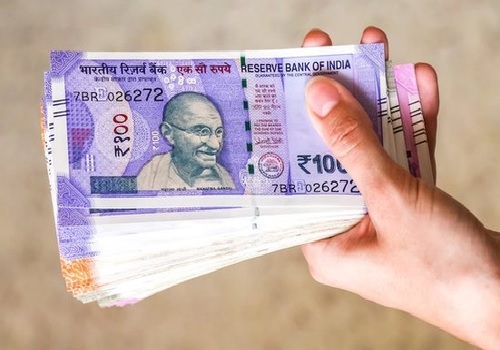
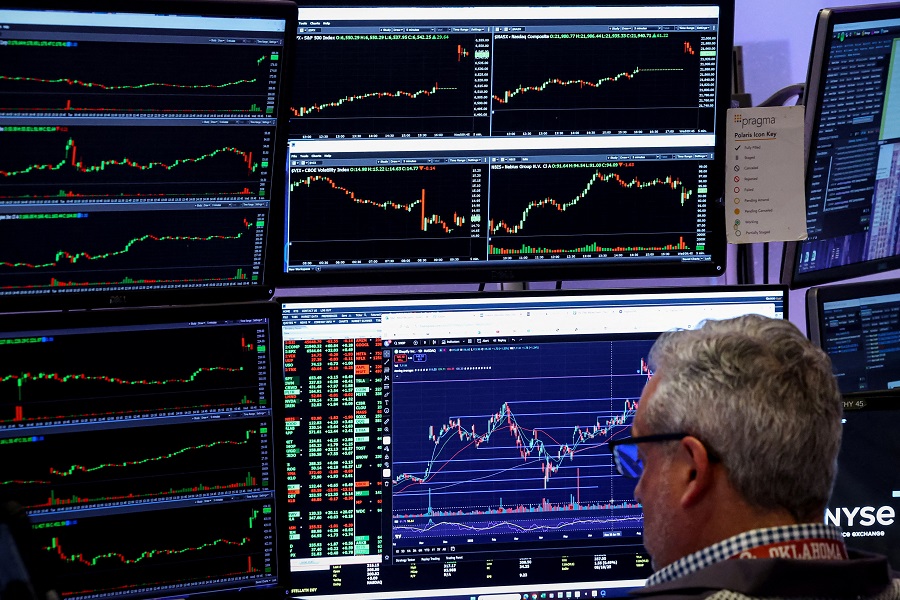
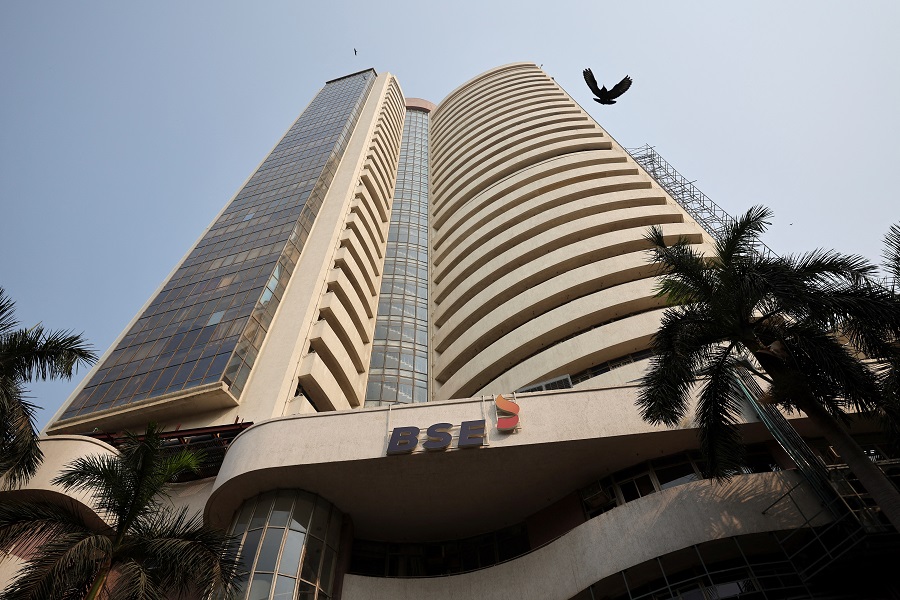
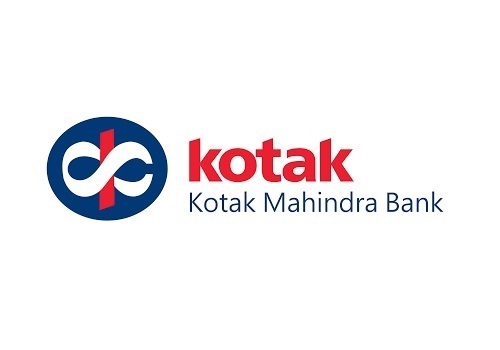
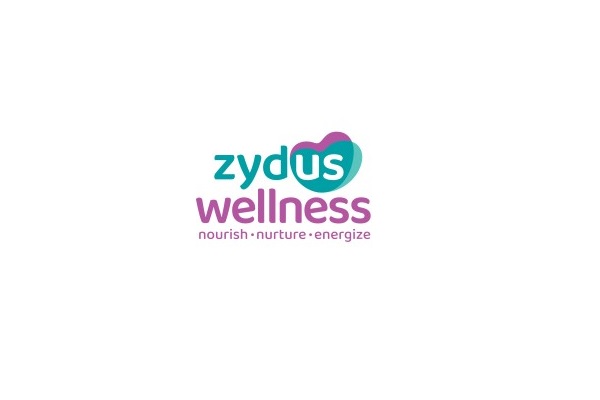
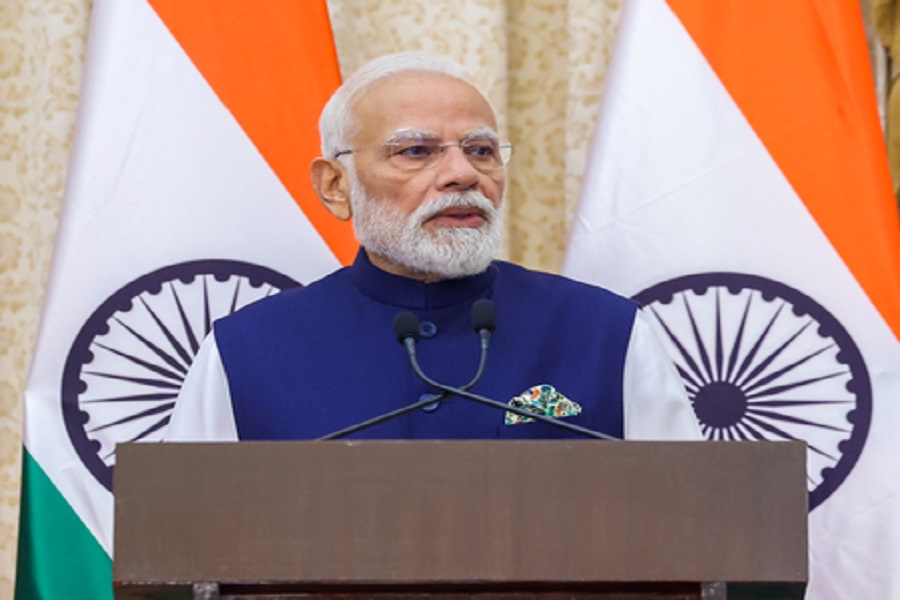
Tag News
More News
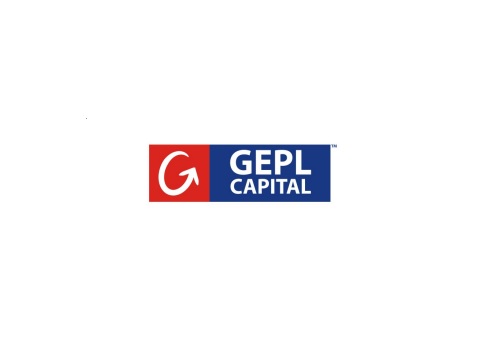
Weekly Broader Outlook 18th Aug 2025 by GEPL Capital Ltd








